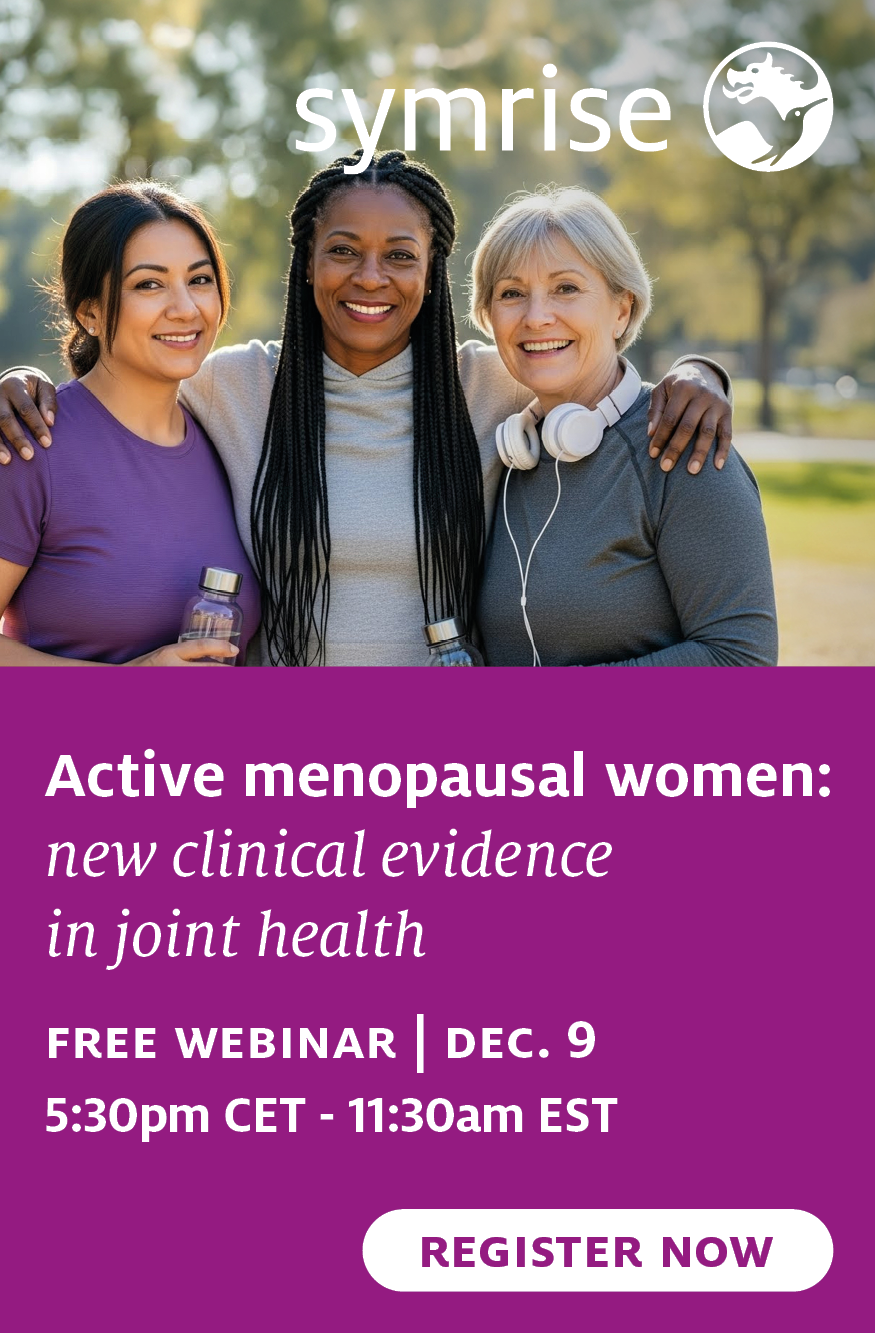New AI tool to unlock reliable gut microbiota analysis
Scientists at the University of Tokyo, Japan, developed an AI neural network to find relationships in a dataset on gut bacteria that current analytical tools could not reliably identify. The team says its VBayesMM method facilitates the analysis of complex biomedical multiomics data and can improve the understanding and treatment of human diseases.
Gut bacteria influence many health-related issues, from digestion to immunity and mental well-being. However, the vast variations and species make research challenging. Moreover, bacteria produce and modify numerous metabolites — chemicals that act like molecular messengers throughout the body, affecting processes from the immune system and metabolism to brain function and mood.
“The problem is that we’re only beginning to understand which bacteria produce which human metabolites and how these relationships change in different diseases,” says project researcher Tung Dang from the Tsunoda lab in the university’s Department of Biological Sciences.

“By accurately mapping these bacteria-chemical relationships, we could potentially develop personalized treatments. Imagine being able to grow a specific bacterium to produce beneficial human metabolites or designing targeted therapies that modify these metabolites to treat diseases.”
VBayesMM combines deep learning with Bayesian inference, a method that helps update predictions based on new data and measures confidence in those predictions. The study authors say the tool “substantially outperforms existing methods,” with an improved run-time and enhanced biological interpretability.
It can handle and communicate issues of uncertainty, which gives researchers more confidence than a tool that does not.
Prioritizing key players
The researchers note that while the human body comprises 30–40 trillion cells, the intestines contain around 100 trillion microbial cells. Gathering and analyzing data to find interesting patterns among the data is a “monumental undertaking.”
The authors say human microbiome studies continually reveal new associations between microbiome compositions and diseases, allowing for potential applications to develop diagnostic and therapeutic strategies.
“Our system, VBayesMM, automatically distinguishes the key players that significantly influence metabolites from the vast background of less relevant microbes, while also acknowledging uncertainty about the predicted relationships, rather than providing overconfident but potentially wrong answers,” elaborates Dang.
 Human microbiome studies continually reveal new associations between microbiome compositions and diseases.“When tested on real data from sleep disorder, obesity, and cancer studies, our approach consistently outperformed existing methods and identified specific bacterial families that align with known biological processes, giving confidence that it discovers real biological relationships rather than meaningless statistical patterns.”
Human microbiome studies continually reveal new associations between microbiome compositions and diseases.“When tested on real data from sleep disorder, obesity, and cancer studies, our approach consistently outperformed existing methods and identified specific bacterial families that align with known biological processes, giving confidence that it discovers real biological relationships rather than meaningless statistical patterns.”
For their study in Briefings in Bioinformatics, the researchers tested their model’s performance on four public microbiome datasets with host metabolome data. These datasets vary in complexity and size, from hundreds to tens of thousands of taxonomic units.
Future research
VBayesMM is optimized to deal with heavy analytical workloads, but the researchers caution that mining huge datasets has a high computational cost and long run-time. However, they predict that this will become less of a barrier in the future.
Supercomputers may also power the mapping of the gut microbiome. Earlier this year, Nutrition Insight spoke to US-based researchers using these to create tools that investigate gut bacteria’s effects and the diet’s role.
The team also highlights other current limitations. For example, the system benefits from having more data about the gut bacteria than the metabolites they produce, but with insufficient bacteria data, accuracy drops. Moreover, the tool assumes microbes act independently, while in reality, gut bacteria interact in a complex system.
The authors point to several upcoming enhancements of the AI tool.
Dang details: “We plan to work with more comprehensive chemical datasets that capture the complete range of bacterial products, though this creates new challenges in determining whether chemicals come from bacteria, the human body, or external sources like diet.”
“We also aim to make VBayesMM more robust when analyzing diverse patient populations, incorporating bacterial ‘family tree’ relationships to make better predictions, and further reducing the computational time needed for analysis.”
He notes that, ultimately, the goal for clinical applications is to identify specific bacterial targets for treatments or dietary interventions that could help patients — moving from basic research toward practical medical applications.

















